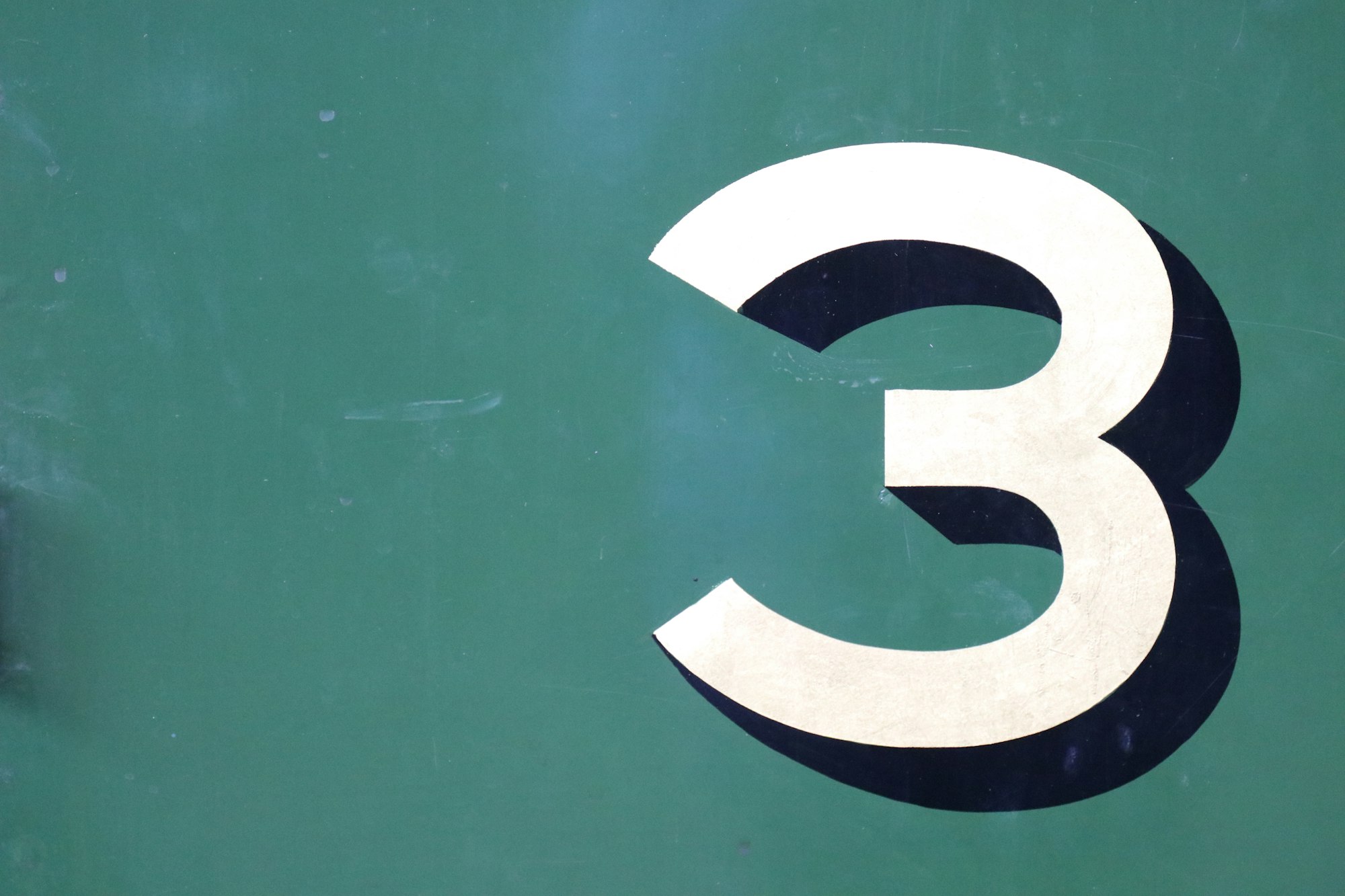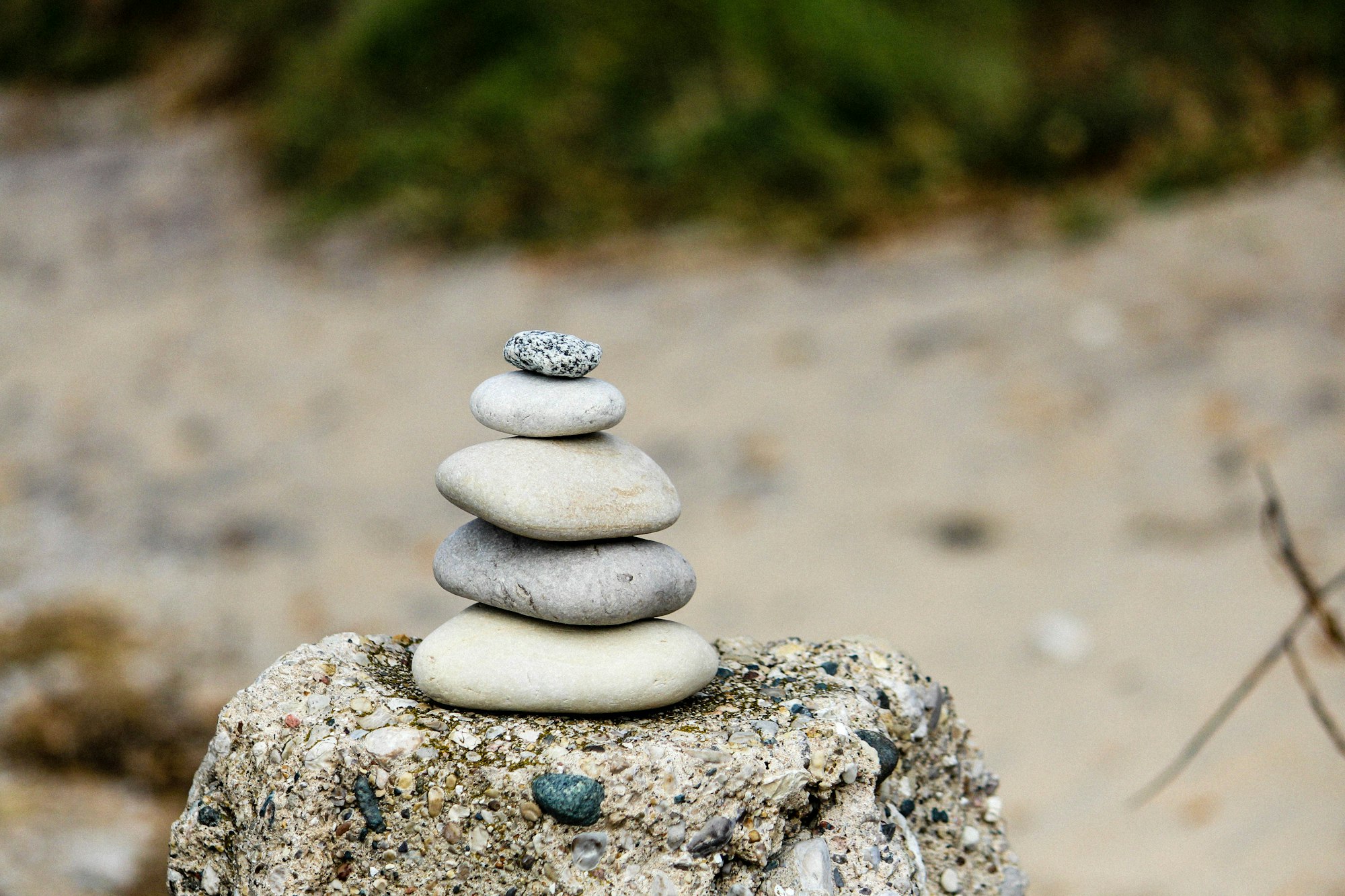Three teaching habits that support active learning

After doing speaking engagements and workshops for a few years now, I've decided that there is really only one criterion for deciding if what I'm doing with faculty is successful: Behavior change. If I fly into a campus and give a workshop that generates tons of enthusiasm, but then all the faculty's teaching goes back to the status quo ante as soon as I board the plane back home, it doesn't matter how well-received it was: I failed. I merely perturbed the system; I didn't actually change it. On the other hand, when I get an email from a workshop participant 2-3 months later who has been trying out the ideas of the workshop in their teaching and is curious about or stuck on some particular, I know that the workshop was a success, because someone's behavior has changed, and that will start a cascade of other changes that will make higher education better.
If individual behavioral change is the building block, then individual habits are the atoms that those blocks are made out of. In fact, I recently finished a book with this very idea in its title: Atomic Habits by James Clear. Clear's idea in the book is that behavioral change begins with small habit changes that lead to outsized results. Or as he puts it, our behaviors are lagging indicators of our habits. So if we want to improve teaching and learning in higher education, let's start with the habits of teaching that higher education instructors have. How do we do that? Clear, in his book, lays out some helpful frameworks for thinking about habits and how to alter them.
First, habits follow a consistent cycle of cue -> craving -> response -> reward. Some kind of cue sets off a craving; we respond to that craving with a behavior that will change our state to one of satisfaction; and the reward is that satisfaction. Habits are very efficient this way; Clear points out that we wouldn't have evolved the capacity for habit formation in the first place if habits weren't exceptionally effective at solving certain kinds of problems. But thankfully, that cycle admits the possibility for a hack. Clear suggests a formula for changing up how we respond to a craving, namely the simple sentence: When I do x, I will do y. To change a habit, or start one, identify the relevant cue, the response you wish to have, and write it down, like a contract. Then follow that rule until it sticks better than the one you replaced.
I think a lot of teaching at the college level today is done not because professors have looked at a variety of techniques, tried some out, and then made a rational and student-centered decision about it --- but merely because professors get stuck in habits. We walk into a classroom, or start preparing a lesson; that cue makes us crave the path of least resistance because we're overworked or have many other responsibilities; we then teach as we were taught. These habits are so strong that it takes purposeful effort to replace them with something better. This is why in my One Year Plan for flipping a classroom, Step 1 is to start a year in advance simply replacing unproductive habits of teaching with ones that better support active learning. What are those? Here are three suggestions that I think get us in the right direction.
Habit 1: Change your space
In the literature review I wrote with Anat Mor-Avi on active learning classrooms, one of the things we discovered was the power that the physical layout of a space can exert over teaching and learning. When you walk into a classroom arranged in traditional row-by-column seating all focused forward on a large space only inhabited by an instructor, it creates an expectation of what's going to happen in that space: Students will sit and face forward while the instructor lectures. Anything else, while possible, is not the default and therefore produces a sense of wrongness.
So the first habit instructors can get into is simply changing the space around to support active learning. In our formula above:
When I enter my classroom, I will rearrange the furniture to get students in small groups.
This is often a really easy habit to enact. We don't have active learning classrooms in my building, but the furniture in the room I usually use consists of fairly lightweight chairs and rectangular tables; the tables can be put side-by-side to form a square. A couple years ago I started off the first day of classes by having students rearrange these tables into eight squares with four students each at them. The resulting configuration took about 30 seconds to attain (when we all pitched in) and made active learning a lot easier and more effective because students can communicate with each other better, and because I can reach students without having to squeeze down an aisle or row.
If the professor who uses the classroom after you doesn't like this kind of configuration, just end the class a minute early and move things back. If you teach in a room where stuff doesn't move, you can instead have a plan for getting students into groups by zones or proximity.
Habit 2: Build "small" active learning tasks into what you are doing
For those whose main teaching technique is lecture, it might feel like I and others just want you to jettison the lecture and go all-in on active learning right now. I actually recommend against that. The evidence is clear that active learning helps students, but I think the best argument for active learning is its own success, which can be realized through small, intentional changes that are more comfortably manageable from your current approach.
Jim Lang's book Small Teaching is the pre-eminent source for these simple, inexpensive modifications to traditional pedagogy; this handout and chart from the University of Michigan CRLT is handy as well. Whatever approach you choose to take for "small active learning", it takes intention to build it in. So using our habit formula:
When I plan out my lecture, I will build in breaks every 15 minutes for active learning, and also plan out the activities.
That 15-minute figure is arbitrary, so change it if needed. But, intentionally stop lecturing at reasonable intervals to let students do something with what you've lectured about. Don't just stick with the habit of writing a lecture outline and that's that; break the habit up by breaking your classroom time up. Also, give the activity the same level of planning (if not more) as the lecture, instead of just telling students "Break up into groups and discuss".
Another habit to go along with this is:
When I start my lecture in class, I will also start a timer for 15 minutes; and when the timer goes off, I will transition to the activity I planned.
Because it's one thing to plan an activity and another to discipline yourself to actually do it. It's too easy to just decide in the moment to keep lecturing and skip the activity. Make yourself stop.
Habit 3: Teach like a scholar
One great way to implement small active learning in your class is through frequent, low-stakes quizzing, either on paper or electronically. The benefits of frequent low-stakes assessment are becoming more clear every day. They provide meaningful and effective practice for students, and just as importantly, they provide data for you on how well your teaching is going. And that leads me to the final suggestion:
After class is over, I will spend 15 minutes as soon as is practical to review the results of students' active work, reflect on the results, and decide what to do about those results.
In other words, make a habit not to rely on felt measures of enthusiasm but on what students actually know or don't know based on their work --- and then make real plans that affect your future instruction based on the results.
For example, let's say I teach a 50-minute calculus class that consists of 15 minutes of lecture, followed by a 5-minute ungraded quiz over the derivative rules of the day, followed by that same 15+5 minute block followed by a 5-minute exit ticket activity. (I know that doesn't add up to 50 minutes; I have slack time built in.) Immediately following the class --- or in the next available 15-minute block --- I am going to sit down, look through the results, and see how things went. (In some cases you might even be able to stop in the middle of a class and evaluate these data, for example if you do the low-stakes quizzing using clickers.) If students did well on the quizzes and seemed to articulate the concepts well at the end, I know my lectures were OK. If most students did horribly on those quizzes, then I know I need to do something about it --- change the lecture schedule, build in a practice day... something besides just moving on to the next lecture.
This is teaching like a scholar because we are using evidence to guide what we do, not feelings or faith. These have their own place in teaching, but they are horrible metrics for teaching effectiveness.
By focusing on building habits that line up with the identity we want to have as teachers --- and hopefully that means we want to be teachers who care about students and act accordingly --- I think meaningful change can come to higher education one faculty member at a time.
Any other ideas for habits to form? Leave them in the comments.


